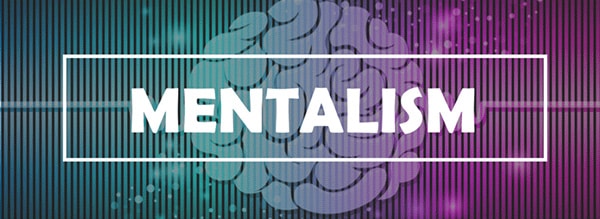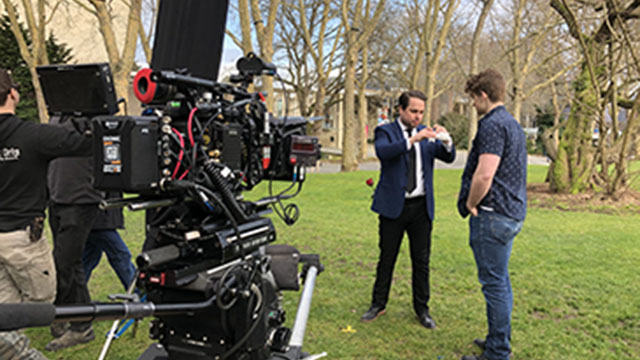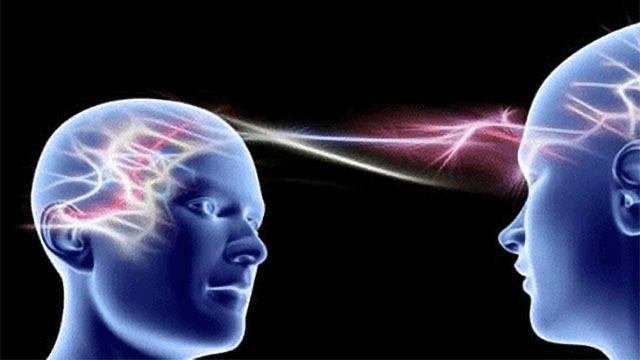
What is a Mentalist?
For more than 30 years, I’ve enjoyed entertaining audiences with sleight-of-hand magic and illusions and have met some wonderful people along the way. In recent years, I have added another layer to my performance, mentalism.
Mentalism involves intriguing illusions that seem magical but are typically more cerebral. Mentalists use clairvoyance, telepathy, memory, mathematics, and hypnosis to perform their illusions.
A magician will typically make things appear, change, and disappear, while a mentalist will use mentalism to reveal predictions and read minds. A certain stereotype has long been associated with magic. However, it has evolved significantly from pulling rabbits out of hats and sawing people in half. Mentalism is a form of magic that quite honestly deserves its own category.
Being a mentalist requires years of practice, extreme focus, and a variety of mental tools. To perform a mind-blowing illusion, a mentalist might observe body language, have knowledge of topics beforehand, ask loaded questions, provide subliminal suggestions, and apply physiology and neuroscience. But more often than not, it’s all of those!
Example of a Mentalist’s Illusions:
On stage, the mentalist places a sealed envelope in plain sight of the audience and asks a spectator at random to join him/her. The spectator is asked to freely think of a word or phrase. Once completed, the mentalist opens the envelope that has been in view the entire time and reveals the same words: A picture-perfect prediction!





